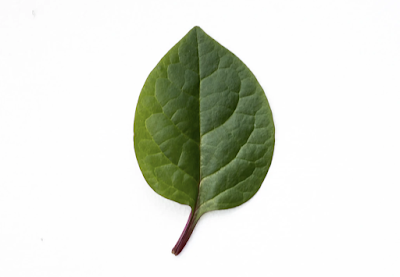On Viruses
"A plant's leaf is its face. If you are well acquainted with a plant, you can differentiate hunger from thirst, sickness from hale, vigor from torpor, all from the look of its leaf."
A virus infected plant has to be isolated; agricultural distancing is a method to keep fields of plants far apart to thwart any virus spread. Farmers have to balance the same impossible actions governments did with Covid -- should they take stringent action immediately, destroy crops and suffer economic ruin, or carry on normally and let things run their course to total wreckage later.
Or has the virus silently infected all the plants for weeks already and the decisions are out of the farmer's hands. Can labs breed inoculants to give plants immunity . . . the parallels go on.
With that beautiful insight, Hope Jahren started her editorial article for the New York Times, published early in the pandemic, in 2020. It's a fascinating article. My Strawberry Seedling Got a Virus
She is a plant scientist (and author of Lab Girl, a book I loved reading) who has the ability to make us see plants as beings with agency and complex lives. In her article she compares controlling plant viruses with what we went through worldwide. That's one of her writerly skills, she can parallel the experiences of plants she observes with human experiences, and there is more overlap than you would have ever thought.A virus infected plant has to be isolated; agricultural distancing is a method to keep fields of plants far apart to thwart any virus spread. Farmers have to balance the same impossible actions governments did with Covid -- should they take stringent action immediately, destroy crops and suffer economic ruin, or carry on normally and let things run their course to total wreckage later.
Or has the virus silently infected all the plants for weeks already and the decisions are out of the farmer's hands. Can labs breed inoculants to give plants immunity . . . the parallels go on.
I'm not a farmer making economic crop decisions in the face of ruin. I'm not a public health official navigating a pandemic. I'm a middling home gardener. But I've coped with viruses infecting my plants and had to make decisions about what to do to save them or how to protect the others.
Since we're discussing plant viruses today, want to know an interesting fact? During the Dutch tulip craze of 1636 investors paid exorbitant amounts for special tulip bulbs. It was the world's first speculative market bubble. The most highly prized were "broken" tulips that bloomed with colorful streaks. Very, very high prices were paid to own those.
It is now known that the striped effect is the result of a virus that infects the bulbs and destroys parts of the petal colors.
Wild speculation and acquisitive desire drove investors to covet diseased plants. And yet. . . they are really quite beautiful.
We live in a world of viruses. We cope. We watch other beings cope, and in odd cases we even desire what a virus produces.




Comments